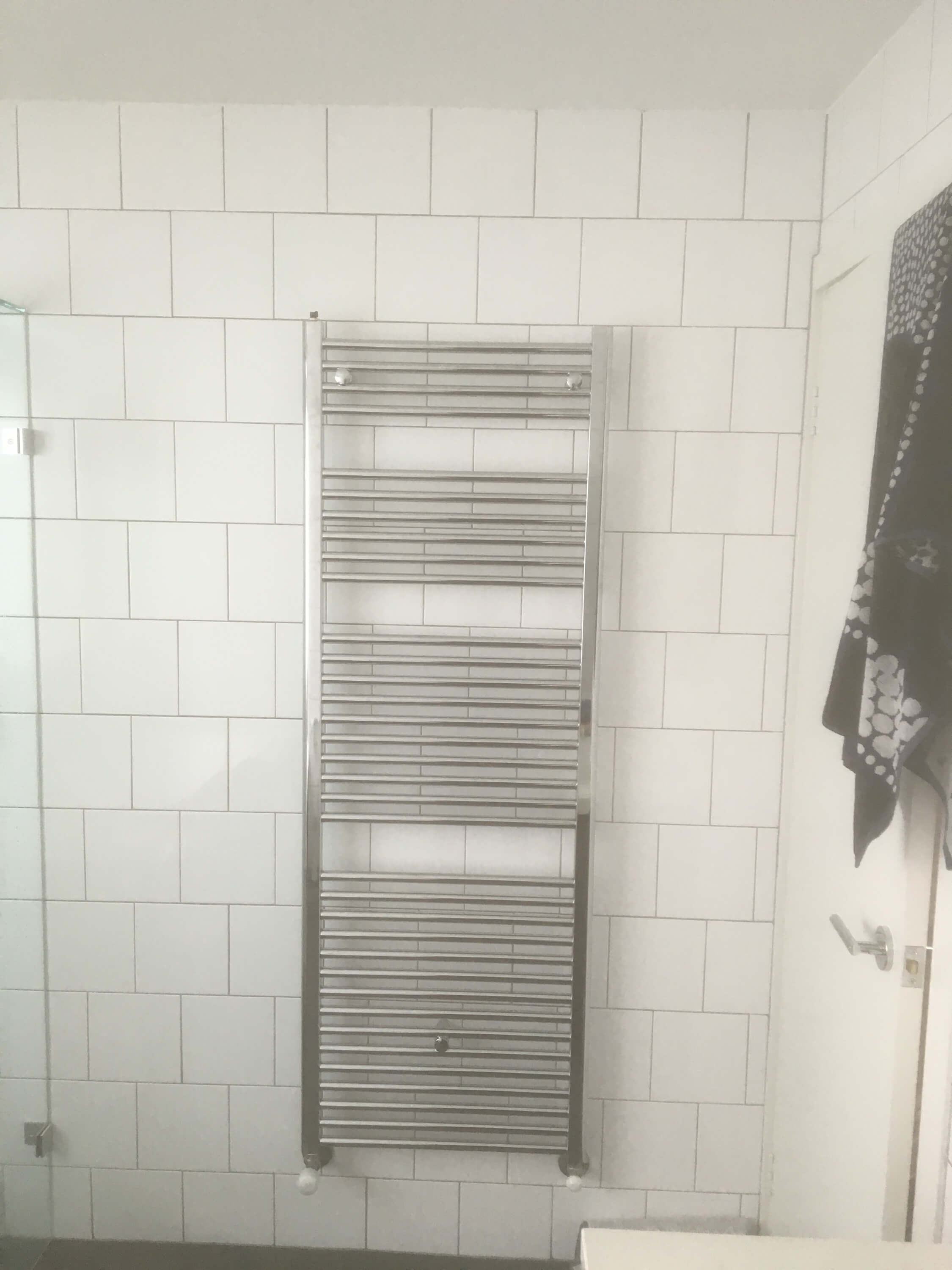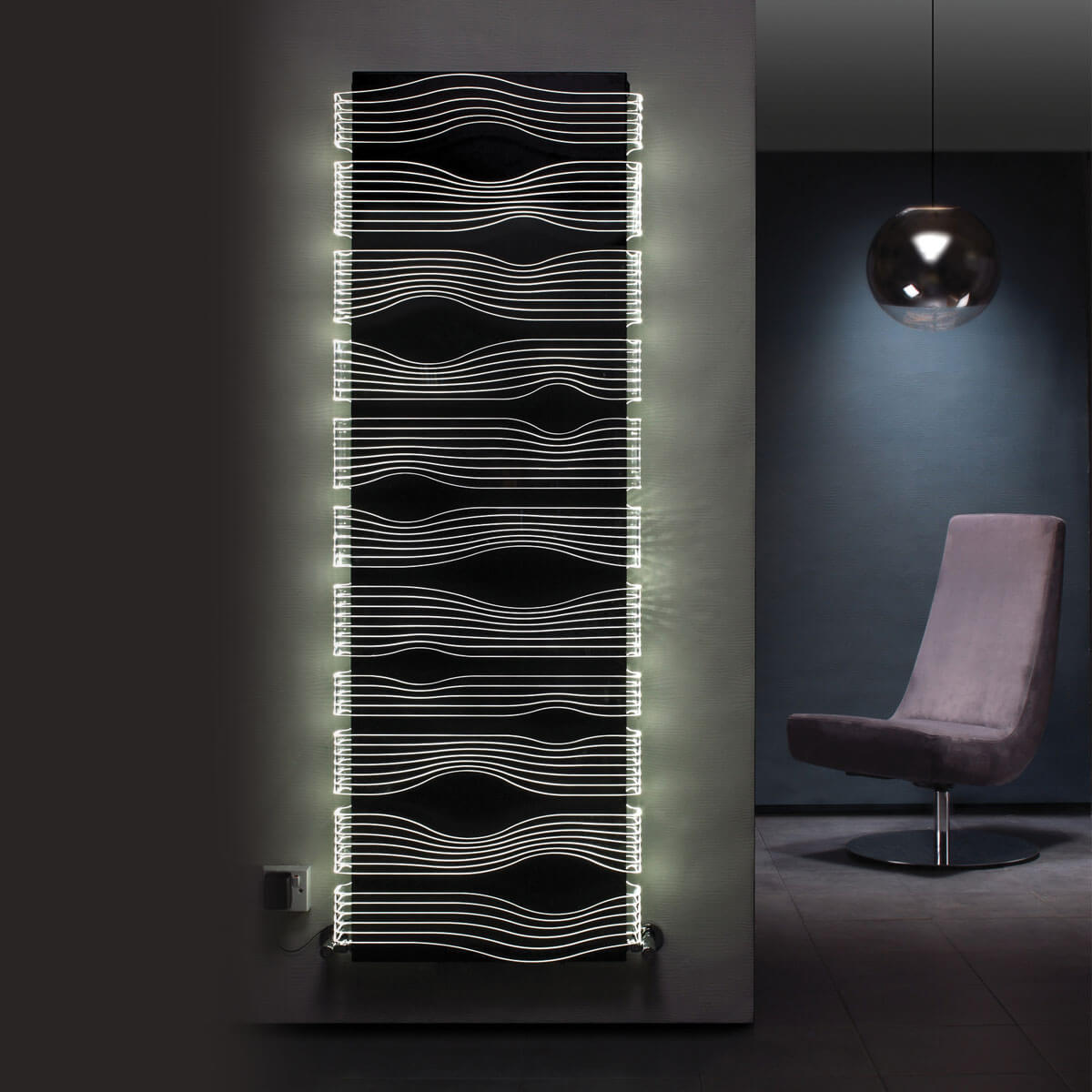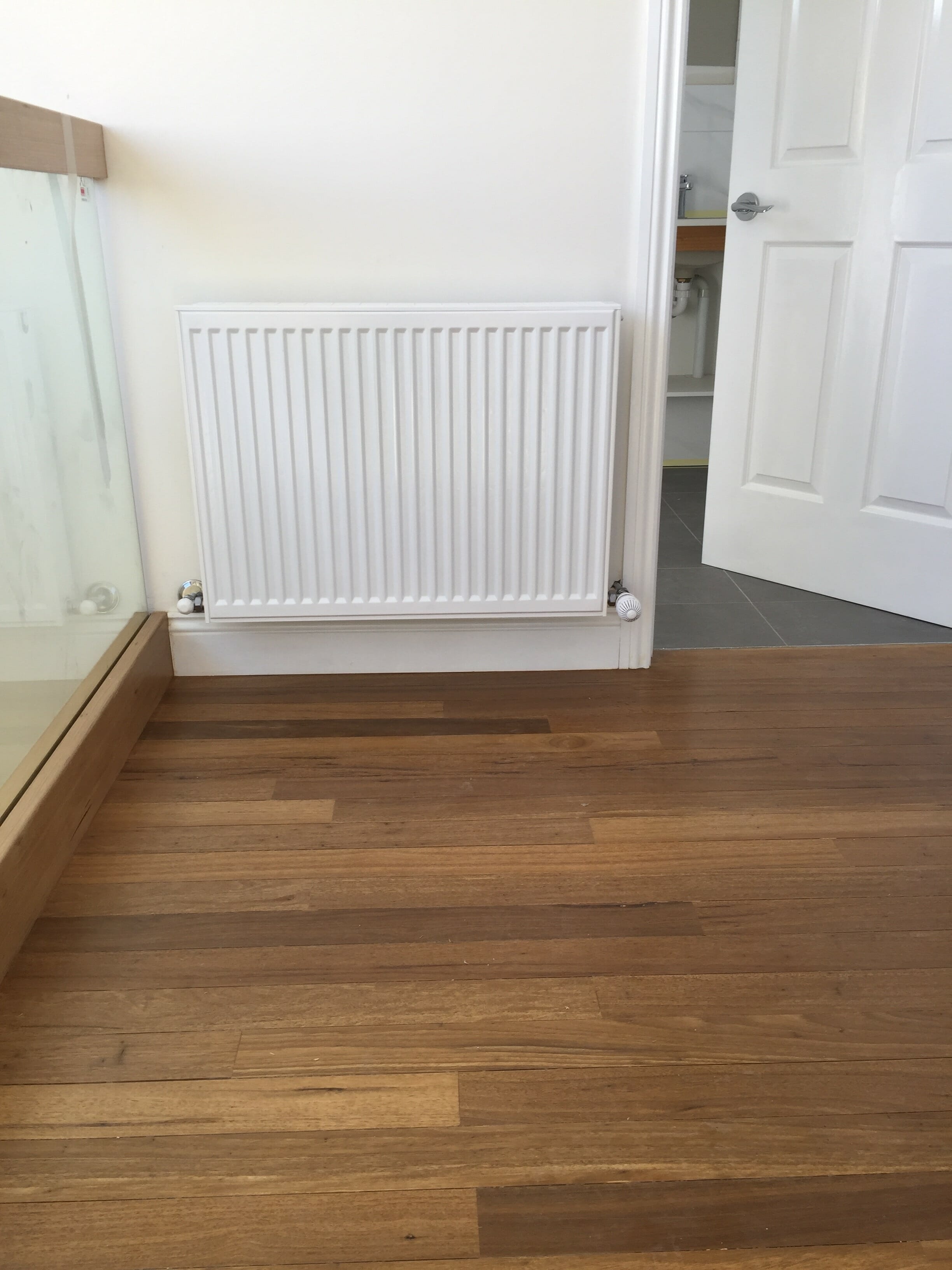Towel warmers have gone from a luxury item found in hotels and spas, to an affordable household comfort item. No longer confined to the bathroom, towel warmers are gaining popularity in bedrooms, mudrooms and basements, providing added heat and reducing humidity, moisture, and mildew. Advancements in design and engineering have brought us highly efficient, effective, and beautiful options for every application and taste.
Does a hydronic towel rail heat the room as well?
When sized correctly yes! Each room in a house will have a certain amount of watts to warm the room. Say your bathroom needs 783 watts of heat, as long as the towel rail that’s selected provides more than 783 watts, then you can be confident that your room will be warm.
What the ideal size towel rail for most homes?
Well there is no one size fits all. Usually the towel rail you select will need to fit in with the available wall space you have. Keep in mind a normal bath towel is 68-70cm wide, so with a 60cm wide towel rail the towels will bunch up a bit. If you had a 75cm wide towel rail then a bath towel will fit with room on the sides.
Why a white towel rail produces more kilowatts than a chrome one!
There are 3 key reasons why chrome radiators are not able to radiate as much heat out:
- Firstly, this is down to the scientific phenomenon known as �surface emissivity�. Chrome has a low emissivity value; this means that chrome tends to trap heat and it is difficult for it to emit or radiate heat. This explains why the seatbelt buckle in your car gets so hot on a sunny day. Although this may not make them ideal for �radiators�, chrome does provide an excellent material for drying towels on.
- Chrome is coating applied on top of another metal, usually mild steel or brass. This means that the heat has to penetrate through 2 layers of metal; and
- Chrome is as shiny on the inside as it is on the outside meaning it reflects heat back in on itself reducing the amount it can radiate; it has an effect similar to the space blankets you see wrapped around long distance athletes after a race.
With all that said, the principle still applies – if you need 783 watts of heat, you will find both chrome and white towel rails that will produce more than that. Generally the chrome towel rail will be a bit larger than the white.















